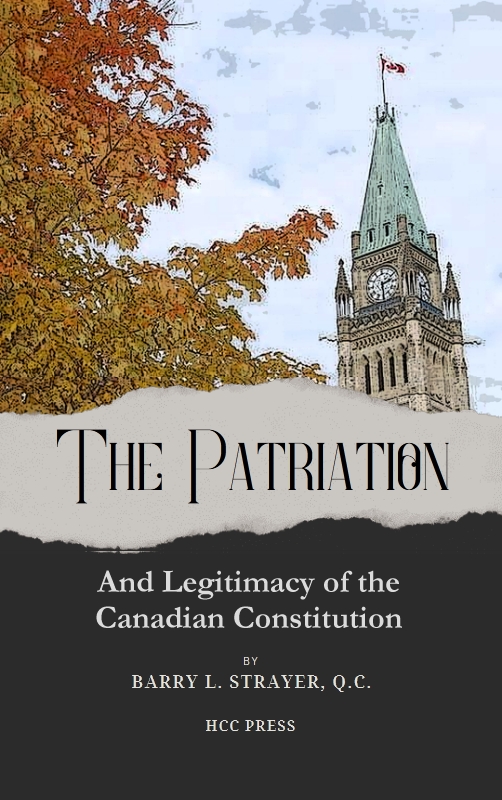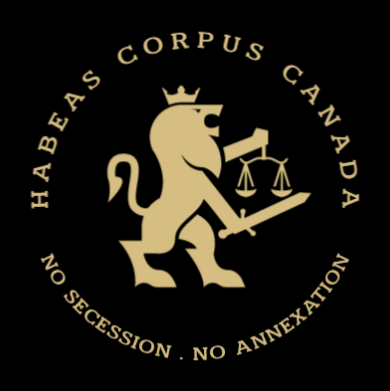But perhaps I digress. The main point is that by 1967 there was a widespread expectation that provinces would be involved in amendments affecting certain fundamental parts of the constitution. What those parts were was not defined, nor was the degree of involvement. Equally, there was no final definition of the means by which provincial consent would be given to amendments where such consent was required. This is a fundamental question which has been given very little attention over the years. As I mentioned earlier, it became very clearly established, even in the nineteenth century, that at the federal level amendments could not be sought from London simply by the executive branch of the Canadian government, and that approval had to be given by the Senate and House of Commons. Democracy was not carried to such extremes in the provinces, however, when they started to be consulted about constitutional amendments. As far as I can determine prior to 1951, in the cases where provinces did give prior approval to amendments, such approval was given only by the executive government of the province. In 1951, at the time of the first amendment with respect to old age pensions, the legislatures of Quebec, Saskatchewan and Manitoba gave their approval prior to their governments agreeing to the amendment. In 1960, only the legislature of Quebec was consulted beforehand with respect to the amendment concerning the tenure of judges. In 1964, again only the legislature of Quebec was consulted. Yet the idea of consulting legislatures on such important matters did seem to be catching on in the processes of the 60’s for the adoption of an amending formula. The Fulton Formula of 1961 contemplated that provincial approval to amendments in the future would be given by legislatures, as did the Fulton-Favreau Formula of 1964. As some indication of provincial conversion to this revolutionary concept, it may be noted that, in contemplation of its adoption, the Fulton-Favreau Formula was submitted to legislatures for approval by at least seven provincial governments and was duly endorsed. No one, of course, thought of going farther afield for political approval by way of actually consulting the people through a referendum.
As we come to the end of this sixty-year period, 1907-1967, we see that political responsibility for constitutional change — a responsibility which was well established in the nineteenth century to lie in Canadian hands — gradually was seen to be shared among federal and provincial authorities. While no precise Canadian amending formula had yet been adopted, the general political expectation was clear that any such formula would have to provide for some degree of provincial consent and, further, that no such formula would even be adopted initially without a large measure of provincial consent. The form by which provincial consent was to be given was not yet defined, but there had been some shift in the direction of requiring approval of provincial legislatures, as well as of executive governments, to parallel the long-standing practice at the federal level.

